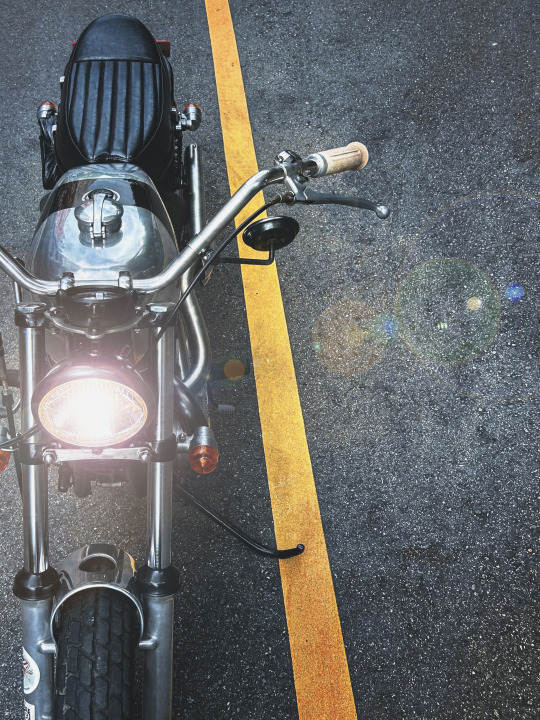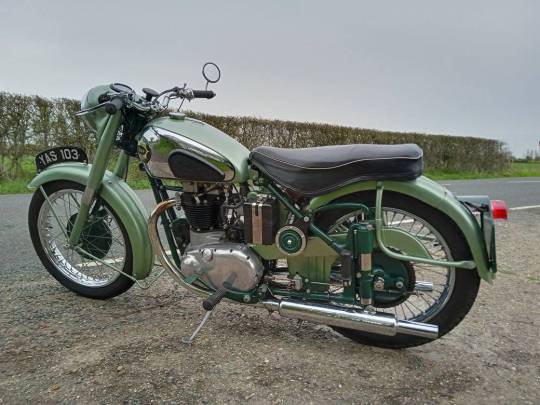#BSA
Text

#Rockers#rockers60s#rockabilly#rock´n´roll#teddyboys#tonupboys#motorcycle#caferacer#1950s#triumph#Triumph#BSA#Norton#Ton Up#Vintage motorcycle#rockerslusitanos
278 notes
·
View notes
Text
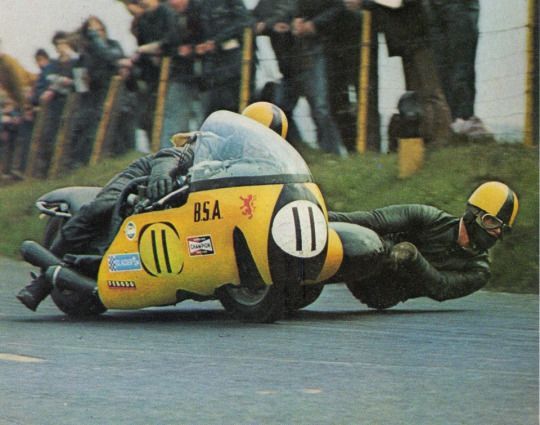
239 notes
·
View notes
Photo
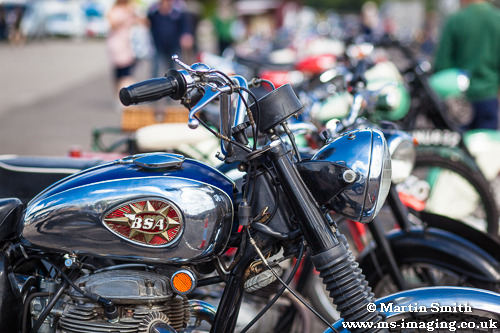
Classic Car & Motorcycle Show - Castle Combe - May 2023
#BSA#Motorbike#Motorcycle#Vehicle#car#classic#classic bike#classic car#classic motorcycle#classic vehicle#ms-imaging#www.ms-imaging.co.uk
94 notes
·
View notes
Text

A passing motorcyclist standing on what appears to be a British BSA M20 motorcycle gives a helping hand to a German pilot after his Storch was forced to land with engine problems - Eastern Front, Spring 1942
#world war two#ww2#worldwar2photos#history#1940s#ww2 history#world war 2#wwii era#wwii#ww2history#1942#bsa#motorcycle#Storch#motorcycle riders#sovietunion#soviet union#eastern front#pilot#engine trouble
121 notes
·
View notes
Text
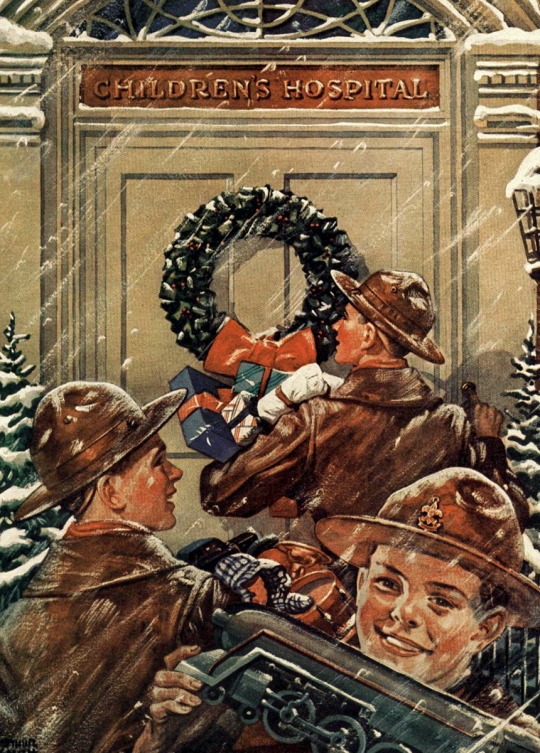
Spreading some Christmas cheer.
#vintage illustration#christmas#christmas season#holiday season#xmas#christmas holidays#americana#christmas aesthetic#christmas decorations#bsa#boy scouts of america
97 notes
·
View notes
Text


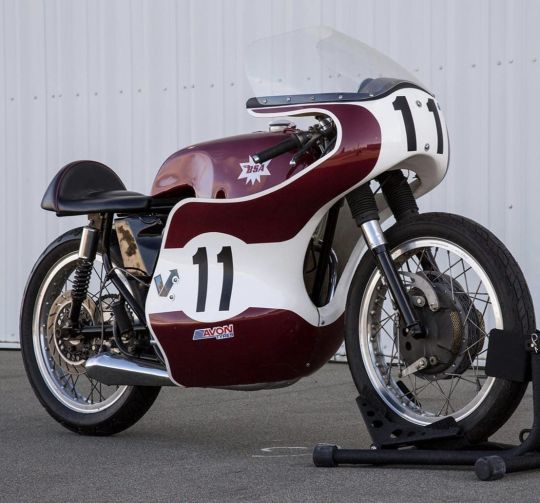
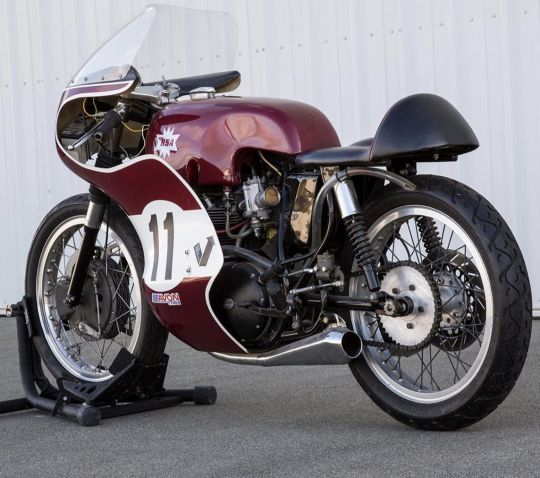
BSA source Moto Vitelloni - Wheels n' wings.
38 notes
·
View notes
Text
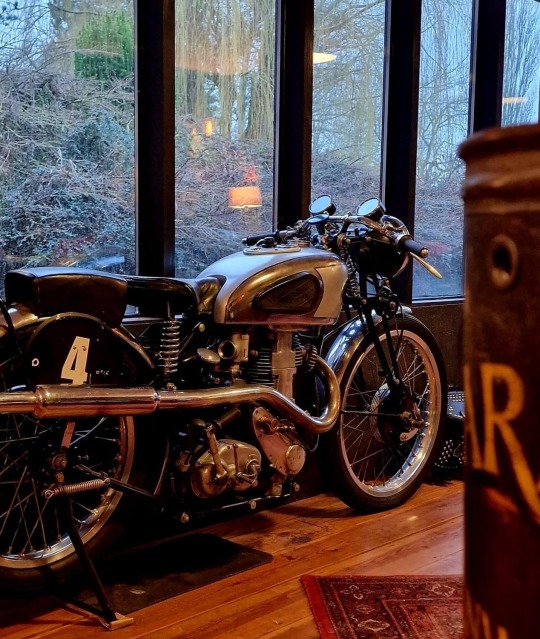
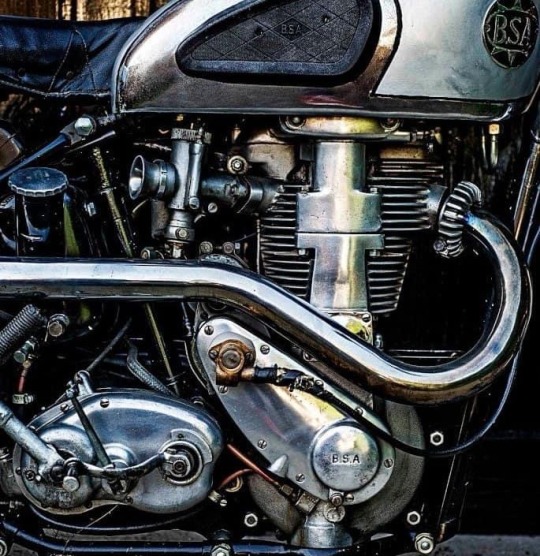


BSA motorcycles 😍
#bsamotorcycle#bsa#las motos también son personas#motorcycle#ride to live#live to ride#free biker aliance#fba 621
80 notes
·
View notes
Text

BSA.
290 notes
·
View notes
Text
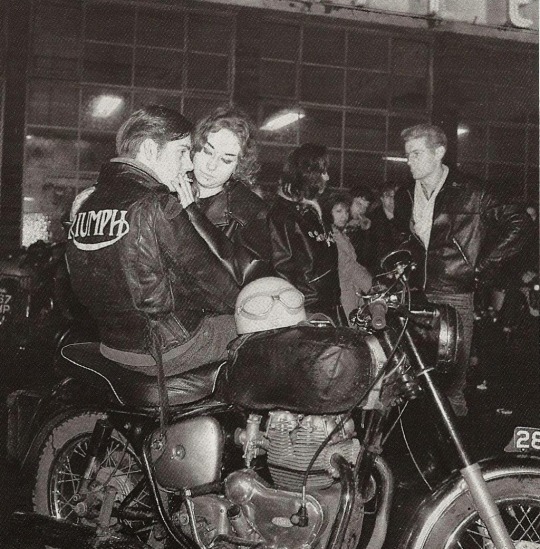
tonupboys
#Rockers#rockers60s#rockabilly#rock´n´roll#teddyboys#tonupboys#motorcycle#caferacer#1950s#triumph#BSA#Norton#Ton Up#Vintage motorcycle#rockerslusitanos
285 notes
·
View notes
Text
Blood Spatter Analysis Overview

As I'm sure you know, blood is almost always very present at a crime scene, especially that of a violent crime. The average adult human body has about 10 pints of blood, so it's quite hard to avoid. But the quantity of blood as well as location and spatter type can give us a good bit of information on the crime, and that's what I'm here to talk about today.
Blood spatter analysis (also known as BSA) refers to the patterns, size and distribution of blood drops, stains or splatter caused by the impact of blood with an object or surface when it's flung, sprayed or projected, such as by striking someone with a weapon or during a car accident. The patterns and characteristics of blood spatter help analysts re-create the events of a crime or accident and provide further insight into the circumstances of the incident. Analysts examine the size, shape, distribution, and location of the bloodstains to determine what did or did not happen. It is one of the most effective methods of reconstructing crime scenes available to forensic analysts.
Blood spatter analysis has several applications in various fields, such as crime scene investigation, accident reconstruction, forensic pathology, and even biological research. It uses biology (behavior of blood), physics (cohesion, capillary action, and velocity), and mathematics (geometry, distance, and angle) to assist investigators in answering questions such as:
Where did the blood come from?
From what direction was the victim wounded?
How were the victim(s) and perpetrator(s) positioned?
What caused the wounds?
What movements were made after the bloodshed?
How many potential perpetrators were present?
Does the bloodstain evidence support or refute witness statements?

There are seven main categories of blood spatter: Impact spatter, passive bloodstain, projected bloodstains, cast-off bloodstains, arterial gush or spurt bloodstains, wipe bloodstain patterns, and transfer bloodstains.
There's also high, medium, and low velocity blood spatter. The velocity refers to the speed at which blood leaves the source.
A high velocity spatter is a spatter pattern with a blood impact speed of 100 feet per second or greater, originating from something like a gunshot wound. High velocity spatter usually creates small blood droplets sized 1 millimeter or less, often creating a sort of blood misting pattern.
Medium velocity spatter is a spatter with an impact speed of roughly 25 feet per second. This is often the result of blunt force trauma made with a weapon and can create cast-off patterns.
Low velocity is usually in the form of pools or dripping blood, like that of a nosebleed dripping onto the floor, with an average speed of 5 feet per second or less.
Here are examples of the aforementioned spatters:
Impact Spatter
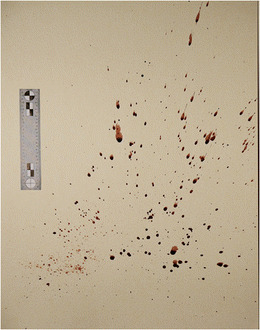
Impact spatter is the most common bloodstain pattern type in a crime scene. It is attained when an object hits the blood source and is often circular and not elongated. There are two types of impact spatter, back spatter and forward spatter. Back spatter is blood spatter that has been flung back onto the attacker or object creating the impact, and forward spatter is prohected outward and away from the source, usually exiting directly from the wound and onto nearby surfaces.
Passive Bloodstain

Passive bloodstains are low velocity blood drops, flows, and pools, typically resulting from gravity acting on an injured body. For example, these can occur from blood dripping off a stab wound.
Projectile Bloodstains
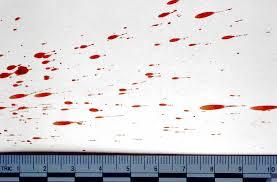
Projectile bloodstains are high velocity spatters caused by something such as arterial spurting, expirated spray, or spatter cast off an object.
Cast off bloodstains
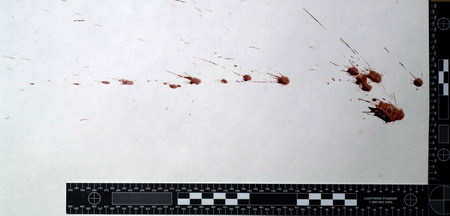
Cast-off patterns are created when the object that is used in the attack is swung, and the blood on the object is flung onto a nearby surface. These often occur in cases of blunt force trauma, where the object used is swung by the assailant. Analysts can tell the direction of the impacting object by the shape of the spatter as tails point in the direction of motion.
Arterial Spurt

Arterial spray refers to the spurt of blood released when a major artery is severed. The blood is propelled out of the breached blood vessel by the pumping of the heart and often forms an arcing pattern consisting of large, individual stains, with a new pattern created for each time the heart pumps.
Transfer Bloodstains
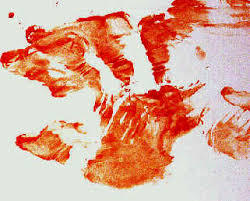
Transfer stains result from objects coming into contact with existing bloodstains and leaving wipes, swipes, or pattern transfers behind such as a bloody shoe print or a smear from a body being dragged.
The shape of the bloodstain pattern will depend greatly on the force used to propel the blood as well as the surface it lands on. Forward spatter from a gunshot wound will typically form smaller droplets spread over a wide area, while impact spatter from a bat would form larger drops and be more concentrated in the areas directly adjacent to the action.

Crime scene technicians use many different tools and methods to recreate the crime scene. To help reconstruct events, analysts use the direction and angle of the drops to determine points of convergence. (the starting point of the bloodshed)
First, the investigators must carefully examine the crime scene and locate any blood drops, stains, or splatter and collect them for further analysis.
Second, the samples are then examined in the laboratory under different light conditions and analyzed for their size, shape, speed of travel, and other characteristics. Pictures are taken from many angles, as well as alongside a ruler for perspective.
Third, experts can use various methodologies and techniques to determine the origin and direction of the blood spatter. This can include using 3D models, computer simulation, and other methods such as using strings to estimate the trajectory of the blood drops.
Blood samples are taken with Q-tips and stored in test tubes until they can be tested for a positive match to the victim, perpetrator(s), or other source.
For dried blood, a razor is often used to scrape the blood off onto a piece of paper, envelope, or other appropriate packaging.
Visual examination requires expertise and experience in the field to interpret blood stains and patterns accurately. Experimental trials involve recreating a crime scene and analyzing the results. Forensic test results can be conclusive and objective, such as DNA analysis.
In cases where the blood has been cleaned away, it can often still be found with the use of Luminol, which is not corrosive and can be applied on all types of surfaces. It can be used to detect the presence of the very small amounts of blood or bloodstains, diluted even up to 10,000 times.
The solution of luminol and the oxidant is sprayed on the area to be examined, and the iron in blood catalyses the luminescence. A test with luminol for the presence of blood was still effective eight years after deposition of blood in soil. The older the blood stain, the brighter and longer lasting the glow.
There are some cases where luminol can not detect blood, as cleaners containing “active oxygen” (such as Oxyclean, etc) will stop all means of forsensic chemical detection of human blood.
Blood spatter analysis has been admissible in court for more than 150 years, although it has recently been called into question for its validity. In the past, blood stain evidence has been misinterpreted, leading to the incarceration of an innocent, such as in the Julie Rea case. Even so, it still remains a large part of forensic investigations. Evidence should always be interpreted with great care, and with dependable spatter analysts, it continues to be a helpful tool for investigators.
#forensics#blood spatter analysis#forensic science#sherlock#dexter#criminology#deductions#deductionist#criminals#blood#criminal minds#forensic scientist#dexter new blood#criminologist#morbid#science#mortuary science#blood spatter#criminals minds#detective#bloody#BSA#sherlock holmes#science of deduction#deductive reasoning#tma#tmagp#dexter morgan
21 notes
·
View notes
Text
Best Apps For Productivity & Studying

Hello there lovelies! It hasn’t been long since I started my vacay and soon enough, school is about to start. A few days from now I’ll be entering my school as a junior, aka 3rd-year college student. Time flies fast, doesn’t it? I started this blog when I was in my junior year of high school and now I’m a college student!
Speaking of school, I have here 4 apps that I really love to use for studying and any academic-related tasks, or whenever I need to be productive. These are 4 of the best apps out there that can help you be more productive and track your progress. You can also use these apps regardless if you’re in high school or college. Another thing about these apps is they are all easy to use and navigate. Lastly, these are all free to download on IOS and Android devices.

(Photo by Reclaim.ai)
1. Google Calendar
First on the list is Google Calendar. Of all the calendar apps to choose from, this is my favorite. I have tried several calendar apps in the past and this is the only one I continue using and will use forever!
The layout is simple, easy to use, customizable, and it has a lot of features. I like that you can notify yourself multiple times for an event or task. I also like that you share an event (or calendar/tasks) with your organization, friends, and family. Another thing that I like about this app is how convenient it is because you can use it via desktop or your mobile devices.
Note: you can also add more colors for your calendar/event by clicking the three dots when hovering over a calendar, then click add custom color.
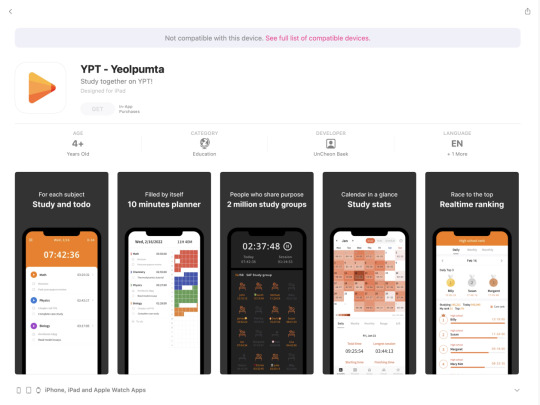
2. Yeolpumta
This is probably one of my best discoveries last semester! It’s easy to use, very customizable, functional, and of course, very aesthetically pleasing.
The app itself looks very minimalist and there arent a lot of distractions. Aside from that, you can use this app for a wide range of options such as a habit tracker, study tracker, pomodoro, etc. I personally use this as a progress and study tracker. This also helps you to stay focused because it wont let you leave the screen unless you’re using one of the allowed apps, which you can also choose which to include. In addition, it also has tons of features like the timer and calculator option, a dictionary, and white noise feature as well as see the users who are also studying at that time.
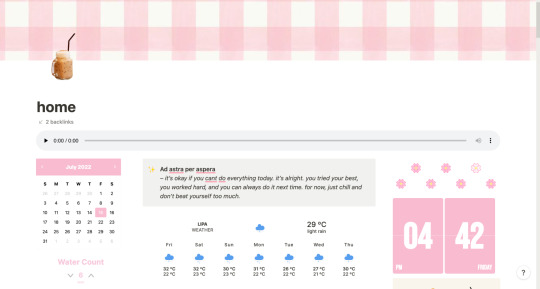

3. Notion
Notion is one of my favorite apps and I’ve been using it since I started college. I use Notion for everything! My habit tracker, expense tracker, reading tracker, journal, class schedule, to-do list, or basically my life is in here. The screenshots above is what half of my Notion dashboard looks like.
You can find lots of cool templates online or you can just create your own. It can be overwhelming at first, but once you get the gist of it, the things that you can create are endless. You may search for Alyanna Ross on Youtube because she has a lot of Notion-related videos and you can learn so much from her.
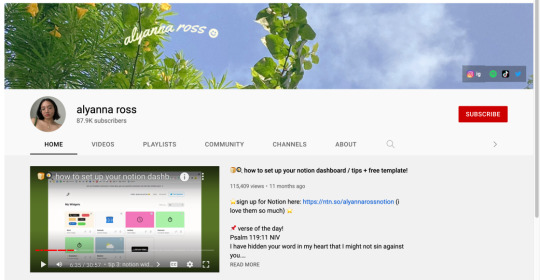
(Alyanna Ross is one of my fave YouTubers so go check her out!)
As mentioned above, you can use Notion for various things, may it be for school, work, life, or productivity. You can add lots of widgets to further customize your setup and make it more tailored to your needs. Take advantage also of the tables and columns to enhance your Notion setup.
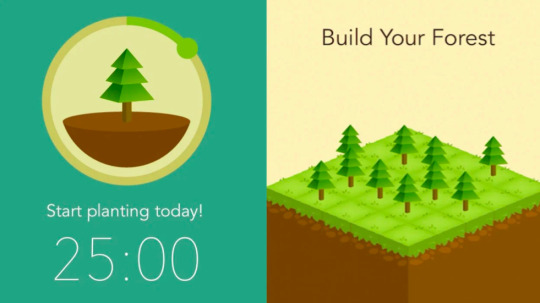
4. Forest
This app is one of my faves to record how long I am studying. It’s also easy to use and can be used on your mobile devices or as a Chrome extension. It’s up to you to select the time or minutes of studying and after that, you get to plant a tree. If you stop, your tree also withers.
I honestly prefer Yeolpumta nowadays because it has more features. However, I am also after the plant a real-life tree feature of Forest and so far, I have already planted 5 trees! Sadly tho, 5 is the maximum.
----------------------
That’s all for today’s blog post, loves! I also just want to say that this is not sponsored. I personally use all the apps that I have mentioned on this post. Anyway, at the end of the day, your progress depends upon your will to take action and nothing will happen if you will not act. Nonetheless, I hope that these apps can also help you to be productive as much as they helped me.
Originally posted on my Wordpress blog Aestrophilia.
Stay self and healthy everyone!
Lets stay connected:
ask.fm: ereecuh
email: aestrophilia@aestrophilia

.
#2022#aestrophilia#apps#studyblr#studygram#studyph#studygramph#study community#studyblurph#studyblur#accountancy#bsa#college#university#productivity#motivation#notion#notion dashboard#notion template#aesthetic#blog#blogger#blogging#lifestyle#septermber 2022#september 2022#september#school#study#studying
425 notes
·
View notes
Text

More pics here:
34 notes
·
View notes

